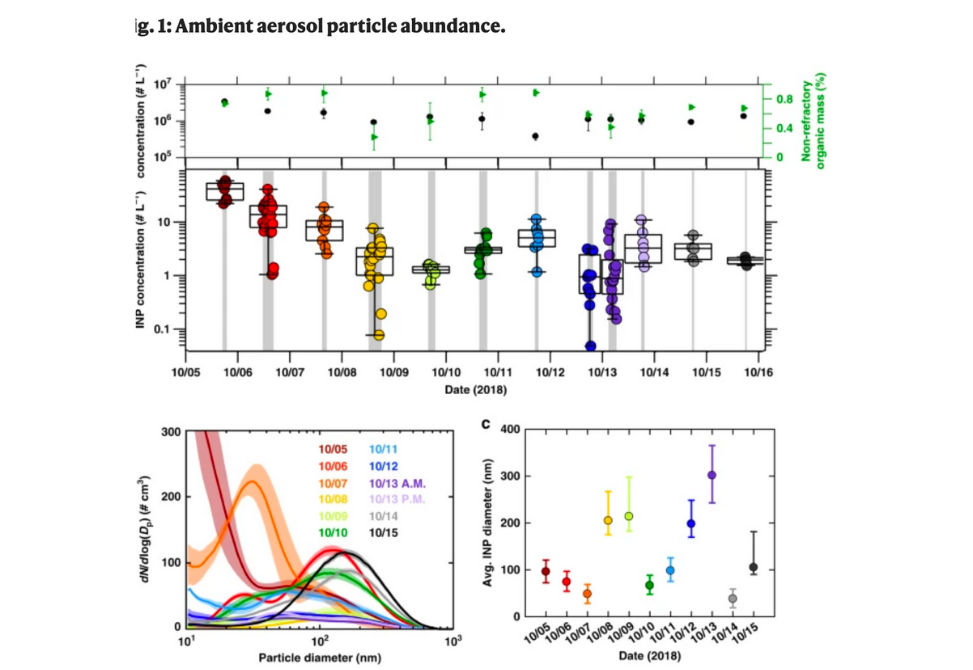Research Archive
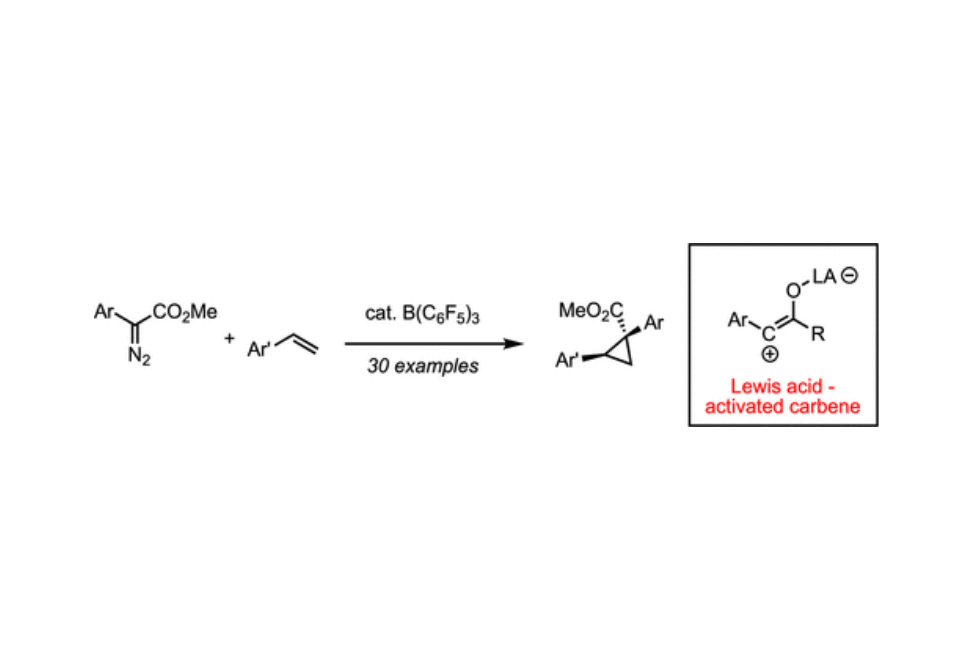
Methods for the synthesis of cyclopropanes are critical for drug discovery, chemical biology, total synthesis, and other fields. Herein, we report the use of the strong sterically encumbered Lewis acid tris(pentafluorophenyl)borane as a catalyst for the cyclopropanation of unactivated alkenes using aryldiazoacetates.
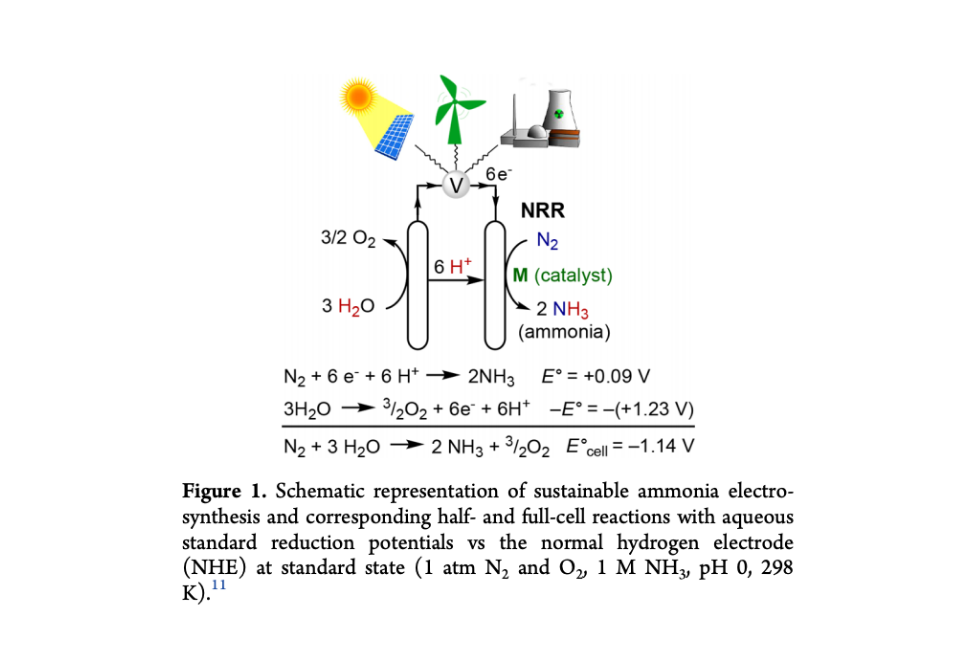
Despite advances in the development of molecular catalysts capable of reducing dinitrogen to ammonia using proton donors and chemical reductants, few molecular electrocatalysts have been discovered. This Perspective considers the prospects of electrocatalyst development based on a mechanism featuring the cleavage of N-2 into metal nitride complexes.
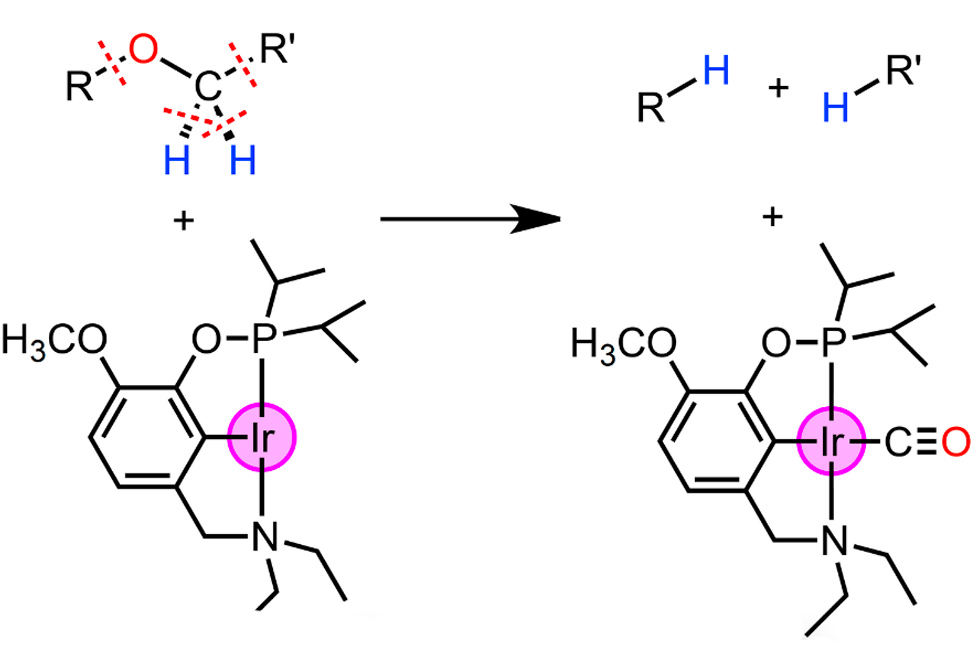
A unique chain-rupturing transformation that converts an ether functionality into two hydrocarbyl units and carbon monoxide is reported by the Miller Group...
The Pseudomonas virulence factor (pvf) operon is essential for the biosynthesis of two very different natural product scaffolds: the (dihydro)pyrazine-N-oxides and the diazeniumdiolate, valdiazen. PvfB is a member of the non-heme diiron N-oxygenase enzyme family that commonly convert anilines to their nitroaromatic counterparts.

Ribosomal antimicrobial peptide (AMP) natural products, also known as ribosomally synthesized and post-translationally modified peptides (RiPPs) or host defense peptides, demonstrate....
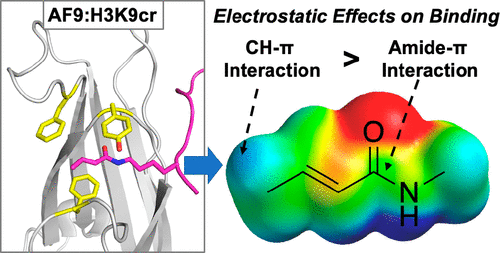
Lysine crotonylation (Kcr) is a histone post-translational modification that is implicated in numerous epigenetic pathways and diseases. Recognition of Kcr by YEATS domains has been proposed to occur through intermolecular amide−π and alkene−π interactions, but little is known about the driving force of these key interactions. Herein, we probed the recognition of lysine crotonylation and acetylation by the AF9 YEATS domain through incorporation of noncanonical Phe analogs with distinct electrostatics at two positions.

Chemistry Professor, Dorothy Erie, collaborates with researchers to conduct research on how proteins MutL and MutS prevent DNA replication errors by creating an immobile structure that calls more proteins to the site to repair the error
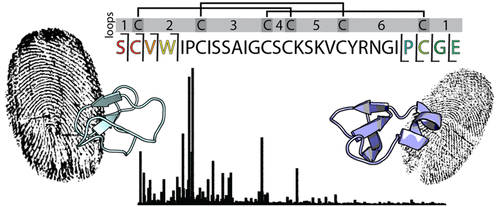
Natural product extracts present inherently complex matrices in which the identification of novel bioactive peptide species is challenged by low-abundance masses and significant structural...
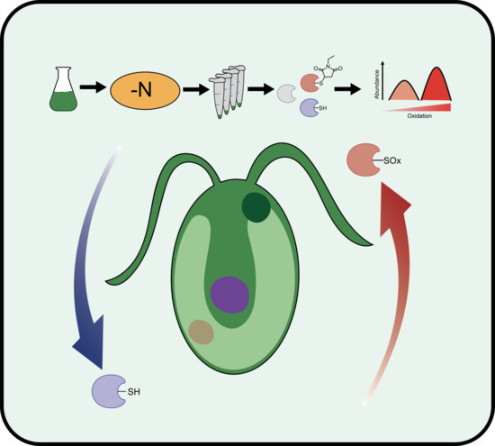
As global temperatures climb to historic highs, the far-reaching effects of climate change have impacted agricultural nutrient availability. This has extended to low latitude oceans, where a deficit in both nitrogen and phosphorus stores has led...
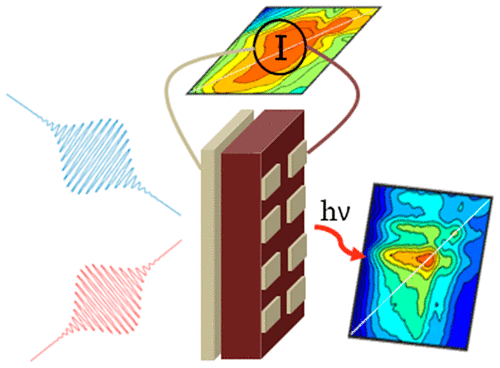
Interest in photovoltaic devices based on layered perovskites is motivated by their tunable optoelectronic properties and stabilities in humid conditions. In these systems, quantum wells with different sizes are organized to direct energy and charge transport between electrodes; however, these relaxation mechanisms are difficult to distinguish based on conventional transient absorption techniques.

In an article selected for the anniversary issue cover of ACS Chemical Biology, members of the Waters Group describe engineered chromodomains...


